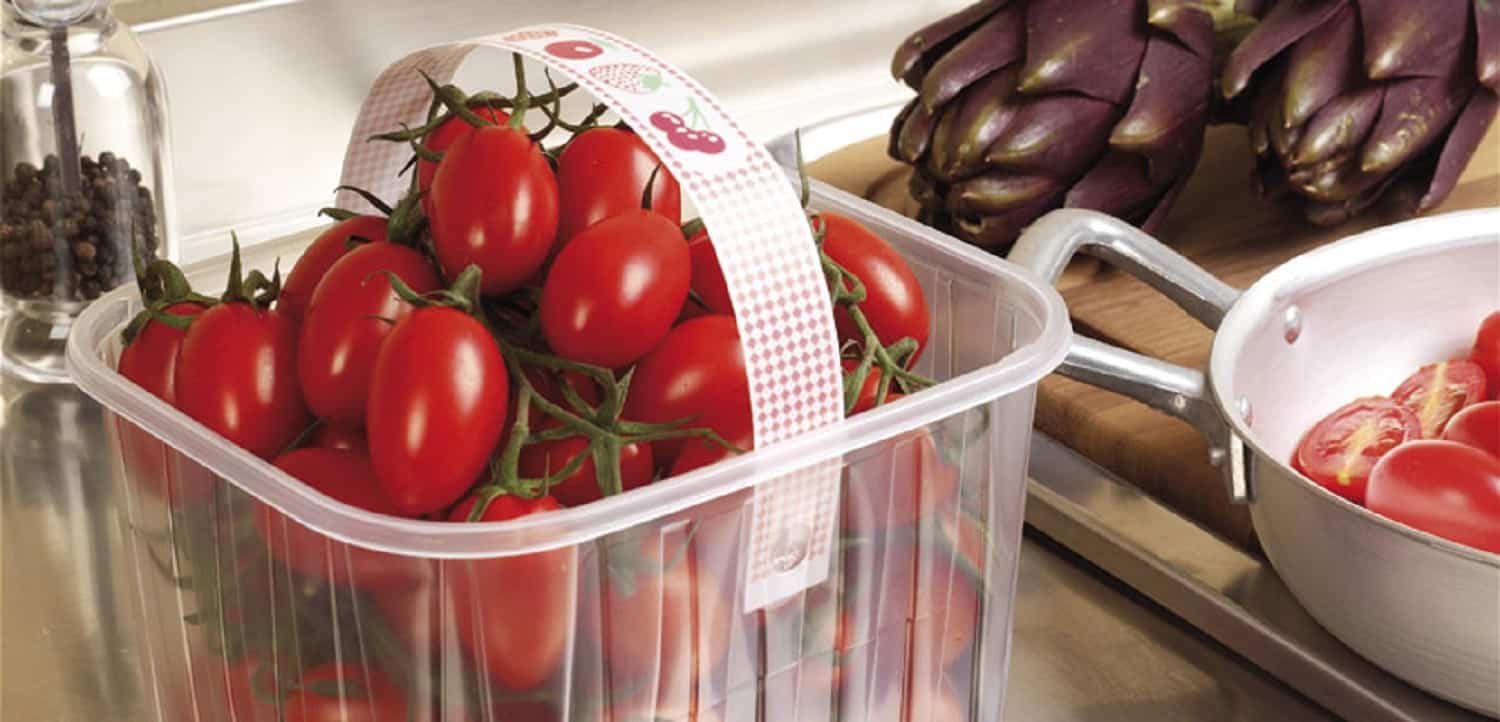Embrapa, a Brazilian state research company, created in partnership with Siena Company, a Brazilian startup, has created a package that delivers active and intelligent solutions in one shot, according to a report in the Internet of Packaging journal, AIPIA’s partner in the country.
Through software created by Siena for smartphones, QR Codes embedded in Embrapa’s packaging and low-cost sensors with nanotechnology and artificial intelligence, the solution favours both companies in the supply chain and end consumers, ensuring the food safety and quality, for nearby markets and even exports. RFID can be integrated within this solution.
Marcos David, researcher at Embrapa, explains that the technique allows tracking and monitoring of the degree of ripeness of fruits that ripen after harvest. “The creation is part of an open innovation project with the Siena Company”, he explains. “The tests were done with mango, papaya and banana, but the sensor can be applied to several other fruits”.
The colourimetric sensor called Yva – meaning fruit in Tupi-Guarani, a Brazilian native language – has a label that changes colour, but with a smartphone and Siena’s software it can reveal the condition of the fruit: green, ripe or past consumption. The QR Code next to the nano-sensor tag reveals identification and tracking information, including where the fruit was harvested.
Yva is disposable and should reach the market at a cost of under 2 cents (USD) per kilo of fruit. It detects the release of ethylene – a natural hormone in the ripening of the fruits – which, when reacting with powdered nanoparticles, changes colour as the fruit ripens. The change is accessed through a mobile application, which, among its features, indicates when the fruit should be ripe and suitable for consumption, or the specific point at which it will be best for consumer.
The nanosensor can be incorporated in plastic packaging or in fruit boxes, intended for various market segments, including fruit producers and processors, wholesalers and retailers, associations, cooperatives and exporting companies. The sensor was developed with the focus on reducing food losses and waste along the production chain. Brazil loses 26 million tons a year, enough to feed 13 million people. The global fruit market is currently valued at more than US $130billion a year. With this technology, it is possible to add a differential in the marketed product, with gains in efficiency and competitiveness, through monitoring and quality management, say the developers.







